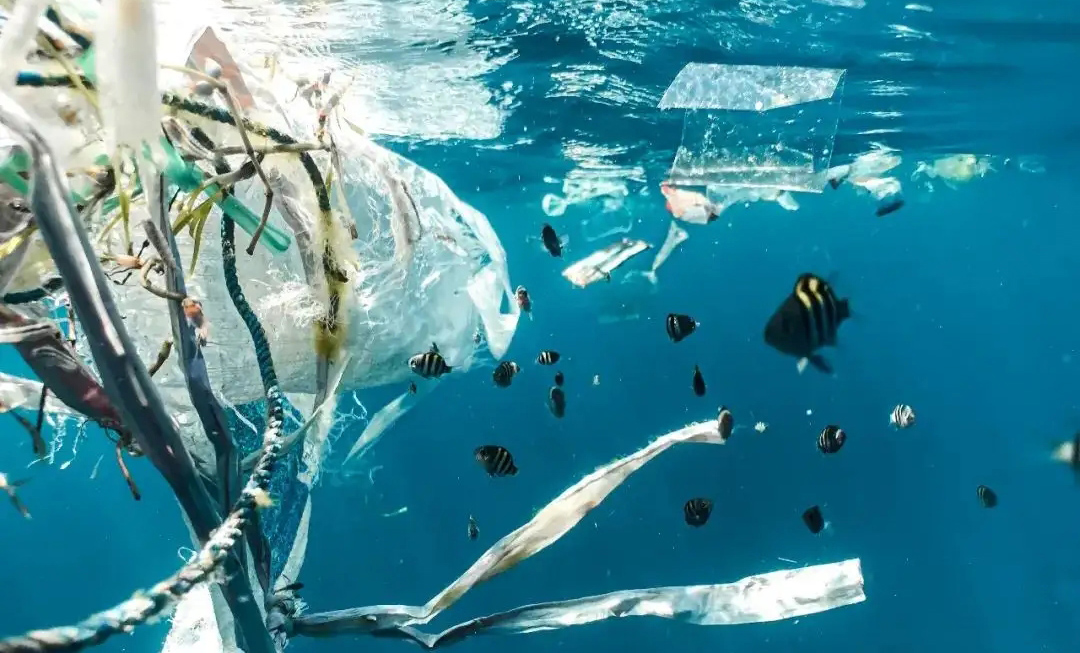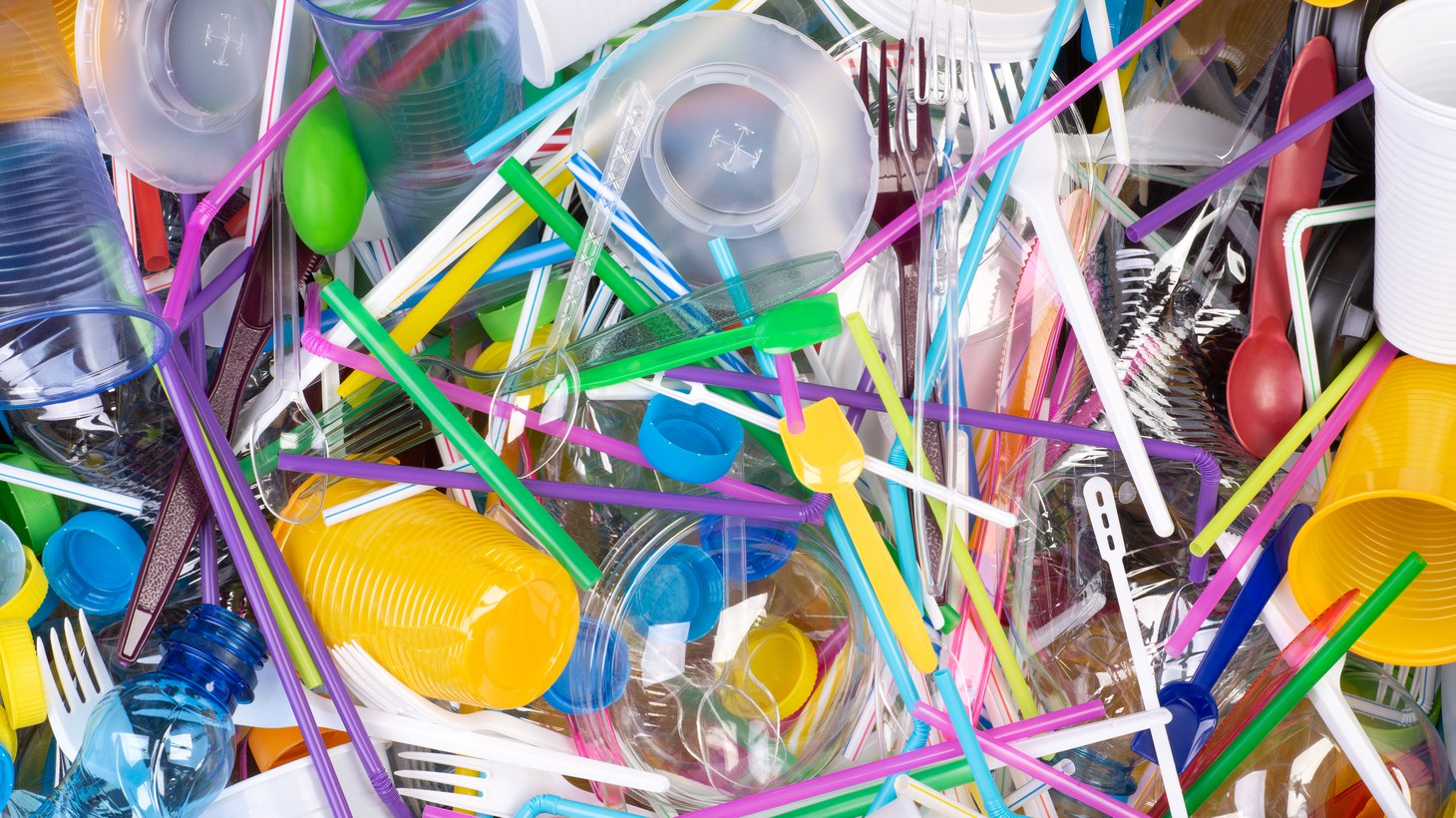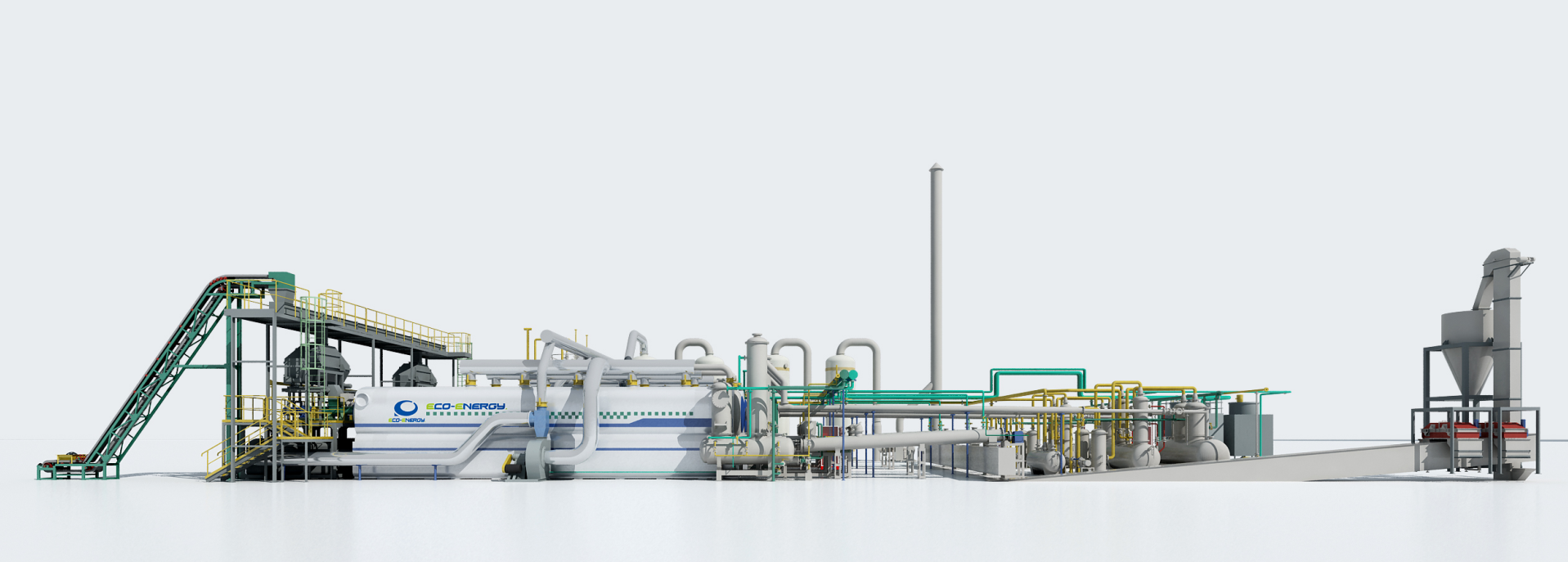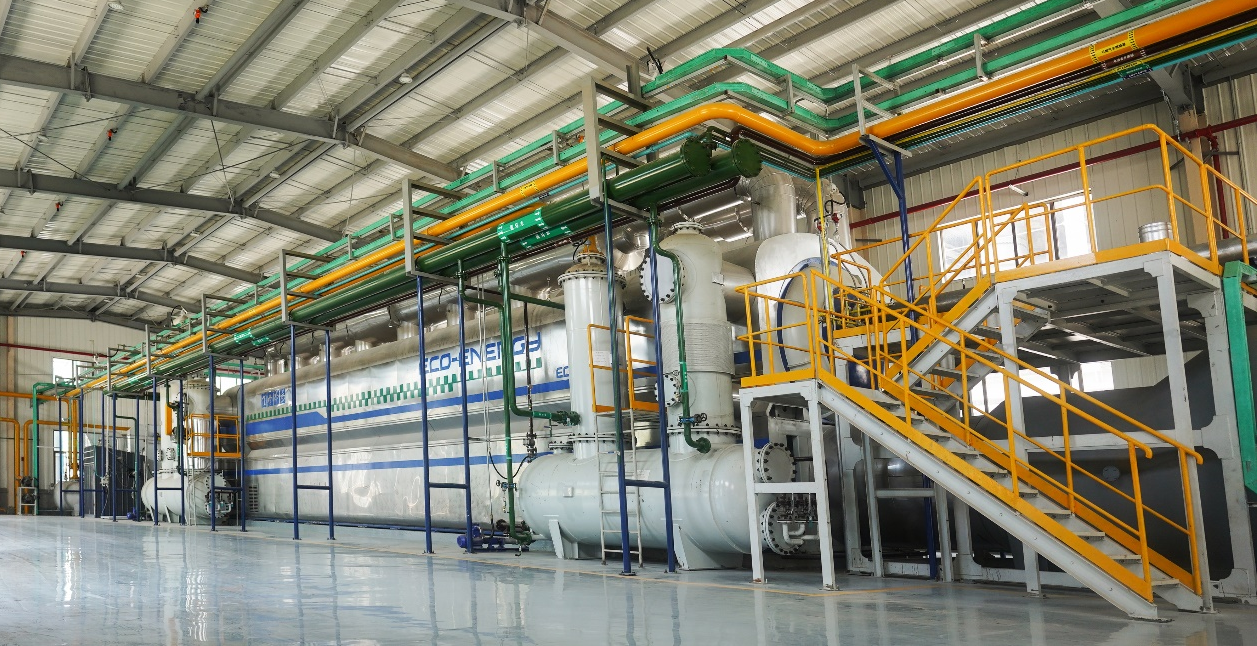Recently, millions of tons of plastic have been floating in the world’s oceans, attracting widespread media attention. But plastic pollution poses a greater threat to land-based plants and animals, including humans.

The harm of waste plastics to the environment
Plastic debris is ubiquitous in the plastics we discard every day and can cause a variety of adverse effects. Only a small amount of waste plastic is recycled or incinerated into energy-from-waste facilities; most of the waste ends up in landfills, where it can take hundreds of years to decompose, leaching potentially toxic materials into the soil and water.
Incineration of waste plastics also indirectly causes air pollution.
The health risks of waste plastics to humans cannot be ignored either. Scientists have found microplastics in 114 marine species, about a third of which end up on our plates. The WHO published a shocking study in 2018 that found 90 percent of bottled water contained microplastic. The test showed that only 17 of the 259 bottles of water did not contain plastic.
Polluting plastic also effects the ecological chain and destroys ecosystems. The news has reported ducks or dolphins trapped in a six-ring plastic tank, yet these items are still used and discarded in large quantities every day. Whether the animals are displaced by lots of plastic or poisoned by the associated toxins, plastic pollution can cause serious damage to the world’s ecosystems.

Hazard management of waste plastics
The Global Environment Conference and the United Nations General Assembly have repeatedly addressed the issue of waste plastic pollution. For the pollution management of waste plastics, there are mainly landfill, incineration and recycling methods; and recycling is the most valuable treatment method.
Traditional recycling of waste plastics is mainly divided into physical recycling and chemical recycling. Physical recycling is often used for high-value plastics with a single composition and easy to recycle.
Chemical recycling not only can deal with single material waste plastics, but also can deal with low value and polluted plastics that are complex in composition, not easy to be separated, and cannot be absorbed by traditional physical recycling, expanding the range of plastic waste that can be recycled, and facilitating the comprehensive treatment and resource utilization of waste plastics.

Dedicated to chemical recycling of waste plastics: Niutech waste plastics pyrolysis technology and equipment
The “Industrial continuous waste plastic pyrolysis technology and equipment” developed by Niutech Environment Technology Corporation, a high-tech enterprise in China, can be used for the chemical recycling of waste plastics, which can be converted into recycled oil by pyrolysis to realize the resourceful disposal of waste plastics.
This set of technical equipment can dispose of both single or mixed plastics such as PP, PE and PS, as well as low-value and polluted waste plastic products with complex compositions that cannot be eliminated by physical recycling.
Niutech’s technology and products have been applied in many countries such as Germany, the UK, the US, Denmark, Brazil, Hungary, Turkey, Estonia, India, Thailand, Malaysia, Iraq, etc.
The recovered oil can be used as fuel oil and can also be processed to make diesel or used as a chemical raw material for the production of new plastics and synthetic resins.

This set of technology and equipment has been fully verified by the market, completely transforming plastic into a usable resource, which is of great help to solve the problem of white pollution.
Turn plastic waste into wealth and solve the environmental hazards of waste plastic, Niutech joins hands with global environmentalists to work together!
Email: sales@niutech.com Tel: 86 531 86196301
